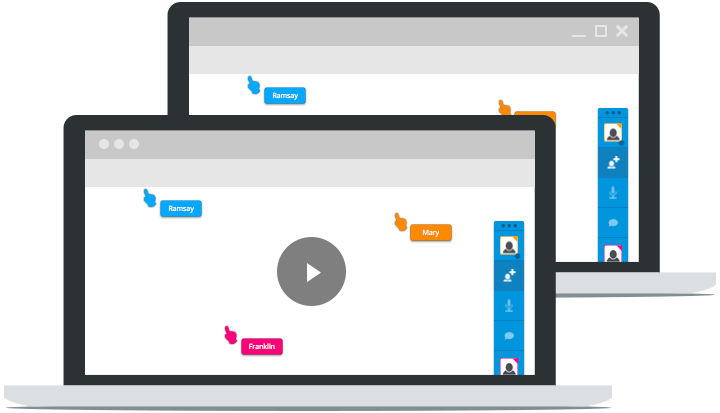
Modals have been an important part of websites for two decades. Stacking contents and using fetch to accomplish tasks are a great way to improve UX on both desktop and mobile. Unfortunately most developers don’t know that the HTML and JavaScript specs have implemented a native modal system via the popover attribute — let’s check it out!
The HTML
Creating a native HTML modal consists of using the popovertarget attribute as the trigger and the popover attribute, paired with an id, to identify the content element:
This is the contents of the popover
Upon clicking the button, the popover will open. The popover, however, will not have a traditional background layer color so we’ll need to implement that on our own with some CSS magic.
The CSS
Styling the contents of the popover content is pretty standard but we can use the browser stylesheet selector’s pseudo-selector to style the “background” of the modal:
/* contents of the popover */
[popover] {
background: lightblue;
padding: 20px;
}
/* the dialog's "modal" background */
[popover]:-internal-popover-in-top-layer::backdrop {
background: rgba(0, 0, 0, .5);
}
:-internal-popover-in-top-layer::backdrop represents the “background” of the modal. Traditionally that UI has been an element with opacity such to show the stacking relationship.

Introducing MooTools Templated
One major problem with creating UI components with the MooTools JavaScript framework is that there isn’t a great way of allowing customization of template and ease of node creation. As of today, there are two ways of creating: new Element Madness The first way to create UI-driven…

7 Essential JavaScript Functions
I remember the early days of JavaScript where you needed a simple function for just about everything because the browser vendors implemented features differently, and not just edge features, basic features, like
addEventListenerandattachEvent. Times have changed but there are still a few functions each developer should…


Using Dotter for Form Submissions
One of the plugins I’m most proud of is Dotter. Dotter allows you to create the typical “Loading…” text without using animated images. I’m often asked what a sample usage of Dotter would be; form submission create the perfect situation. The following…
Source link
